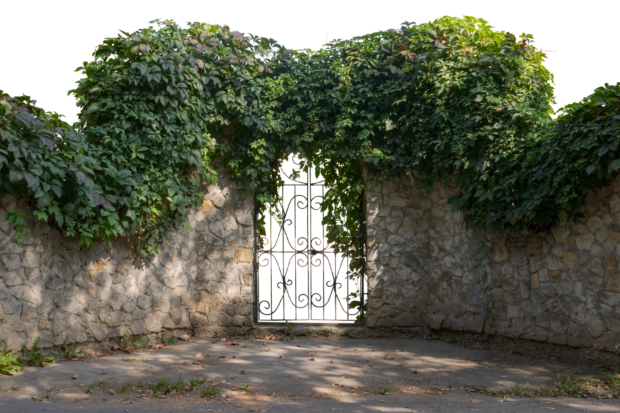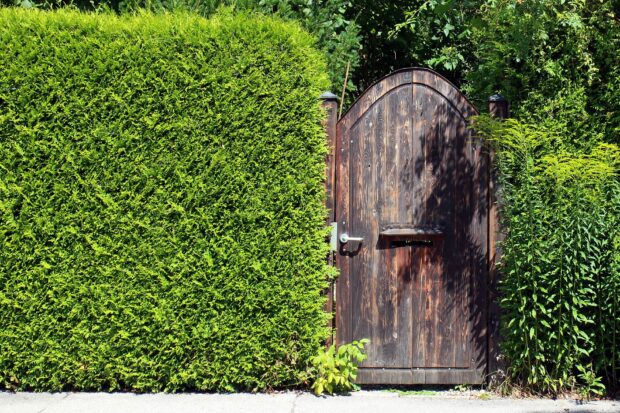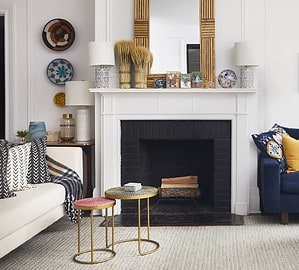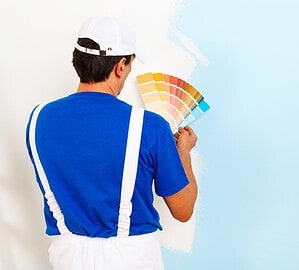Whether you’re planning to install a new fence or repair the old one in your yard, you should first get some information on your options. Consider the material (metal, stone, wood or plastic) depending on what you need from it the most – to be sturdy, durable, easy to maintain, affordable, etc. There’s also the cost of both materials and labor, checking the regulations in your area and, of course, choosing something that would be to your taste and aesthetically goes well with your backyard or a garden.
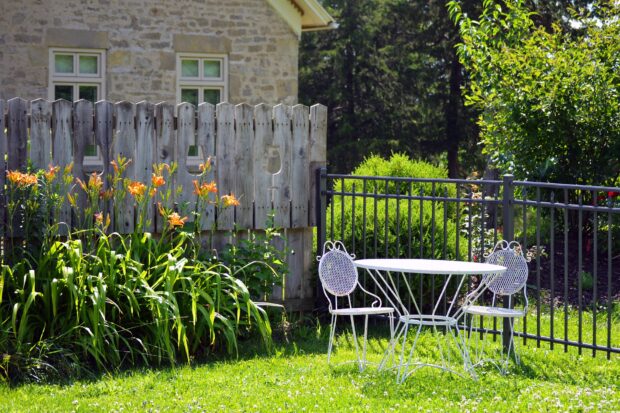
Local regulations
The first and very important thing is – talk to your neighbors. Your idea might not seem that good to them, so you should take into consideration their wishes and needs. If they have, for example, a smaller garden and you wish to erect a very high fence, that might mean that you’d be blocking the sun from their garden. These issues could be touchy sometimes, so tread carefully before it becomes a problem.
Check local regulations for your legal rights and obligations. In England, for instance, you need to get planning permission for fences above 2 m (6.5 ft), or if it’s the front garden, above 1 m (3.3 ft) if it is on a public road. But every area has its permissions and restrictions, so you should get to know them before deciding what material and how much of it you’ll need.
Purpose
When deciding on a material you want for your fence, think about its purpose. Are you installing it or repairing it to increase privacy, security, to be support for your plants, or for aesthetic reasons?
Privacy and security
If you’re looking for more privacy, you need non-see-through fences (avoid wrought iron, chain link, trellis, etc.), and you should install them to be higher. That means aluminum, galvanized metal, PVC, composite fence, living (natural) fence, wood, etc. Also, if you have kids or pets you don’t want running away, or other animals coming in, choose a less open fence.
Durability
The most durable fence materials are metal and masonry ones (bricks, stones, pebbles).
Besides choosing a good, sturdy material, it’s important how you install it too. If you want for your fence to endure the test of time, environmental conditions, and that nothing can damage it, you need stable foundations and posts (concrete, wood, metal post support).
Aesthetics
The most common choice for an aesthetically pleasing fence is usually made of wood or metal. There are plenty of options depending on the level of privacy you want and the cost of installing and maintaining it. You can even combine the two.
Materials
You should consider a lot of factors when deciding on your fence materials. Your choice will depend on how much privacy and security you want, the cost and quantity of needed material, how hard it is to install and maintain, how much sun can get through, how it looks, and so on. So, take a look at some popular materials and their characteristics before you start looking at the garden fencing prices and measuring your yard.
Masonry
Most durable and expensive fence material, masonry can add value to your property and can outlast any other material on this list if built properly.
Concrete
The cheapest among the masonry materials, it’s durable as the rest, it requires less time and is easier to install because it’s made in blocks. The only downside is that most people consider concrete to be ugly.
Brick and stone laying
They are expensive, time-consuming and require an expert builder, but they certainly make up for it in attractiveness, durability and easy maintenance. Both bricks and stones look romantic, rustic and timeless, and offer more privacy than most other fences.
Gabions
Constructions made of metal in the shape of a cage or a basket that’s filled with stones, concrete, wood or a variety of other materials, whatever you can imagine. It’s becoming an increasingly popular option because it’s easier to build, cost less than brick and stones, looks modern, and is yet durable and gives privacy.
Metal
Aluminum
Cheap and good for privacy and maintenance, but not very sturdy or pretty. It is recyclable and easy to install. It doesn’t rust the way most other metal fences do.
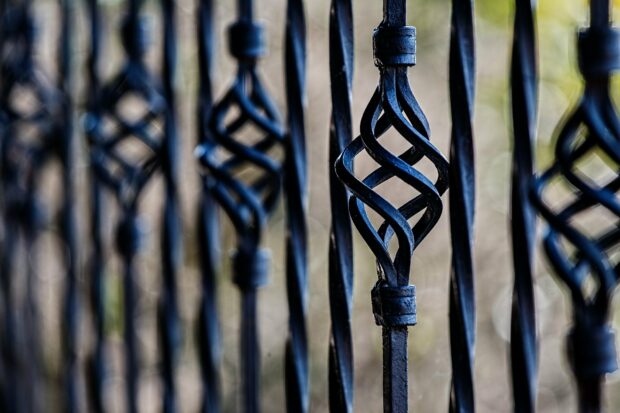
Chain link and welded wire mesh
Whether you’re choosing one of these two types of fences for your entire yard or just for a small part (house for a dog, to separate the flowerbeds, etc.), they are inexpensive and easy to install, but not very private. You can combine them with a concrete base or metal (and wood) posts to make them sturdier. Perhaps you can let vines grow on them or use light, bendable wood to make a woven pattern across the fence for more privacy.
Stainless steel, wrought and cast iron
Very sturdy, secure, durable and attractive materials, they are the most expensive among metal material fences, but worth the price. There are many beautiful designs from which you can choose, or get yourself a custom made one. They are great in combination with masonry walls.
Wood
Living fence
Beautiful, organic choice – a living fence can bring so much to your garden. You can opt for shrubs, bushes or trees for your hedge, or bamboo plants since they are eco-friendly, non-expensive, attractive, and you can even plant them yourself. If you choose the DIY option, you could wait quite a while for the plants to grow, so perhaps choosing to buy already grown ones is a better solution even though it’s more expensive.
Redwood, cedar and pine
A lot of wood fences start to rot or bend over time, so the quality is reflected in their prices. These are the three most common choices when going for a wood fence. Redwood is the most expensive because of its durability and easier maintenance. Cedar is also durable but higher maintenance, while pine is cheapest but is hardest to maintain. Trellis fences are very popular, as a whole fence or as a detail for a garden.
Vinyl and composite fencing
Both are durable, less expensive than most fences, and include plastic, but the most popular vinyl in use is PVC, while composite fencing uses wood and recycled plastic, so it’s more eco-friendly.
With many style choices, easy installation and maintenance, durability and lower cost, they are becoming more and more popular.
Final thoughts
Your garden fence choice can affect not just the look of the entire exterior of your house, but also the degree of privacy and safety. The price will depend on the length of the fenced area, the material for the fence and the base, labor, etc. So, make sure you find out what the local regulations entail, find some common ground with your neighbor, decide on the purpose and material of the fence and calculate the cost before you embark on this project.

